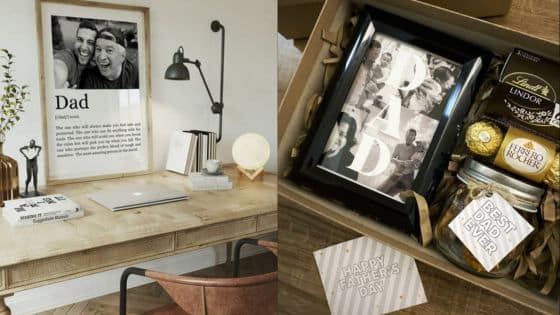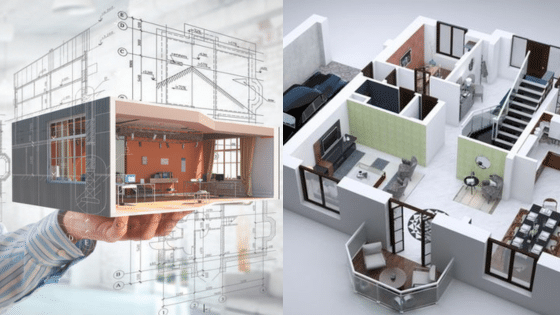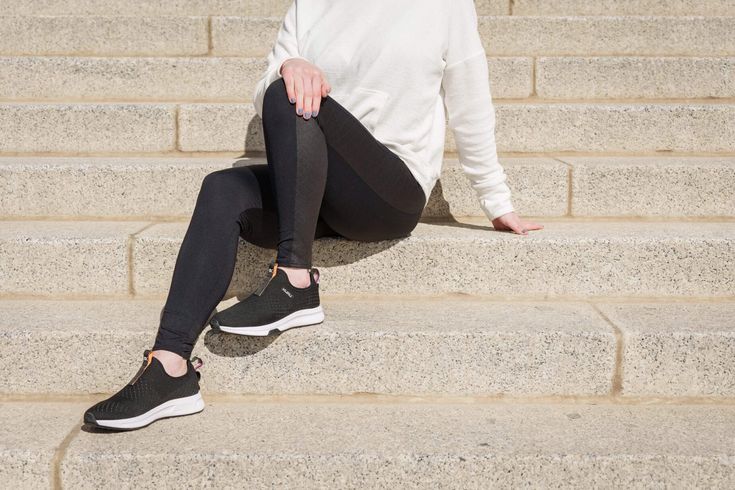
For anyone dealing with bunions, finding the right pair of shoes can feel like an endless quest. That small, bony bump on the side of the foot often demands more than just style-conscious shopping—it requires thoughtful, comfort-driven design that accommodates the foot’s natural structure and relieves pressure on sensitive areas. The wrong footwear can make things worse, while the right pair can significantly reduce discomfort and even slow the progression of bunions.
Why Footwear Matters for Bunion Relief
Bunions develop over time, often due to a combination of genetics, joint instability, and—yes—poorly fitting shoes. Narrow toe boxes, high heels, and unsupportive soles can accelerate joint misalignment, leading to inflammation, swelling, and pain.
Footwear that prioritizes comfort, support, and space can ease daily discomfort and help maintain joint alignment. But comfort isn’t just about padding—it’s about structure, flexibility, and smart design.
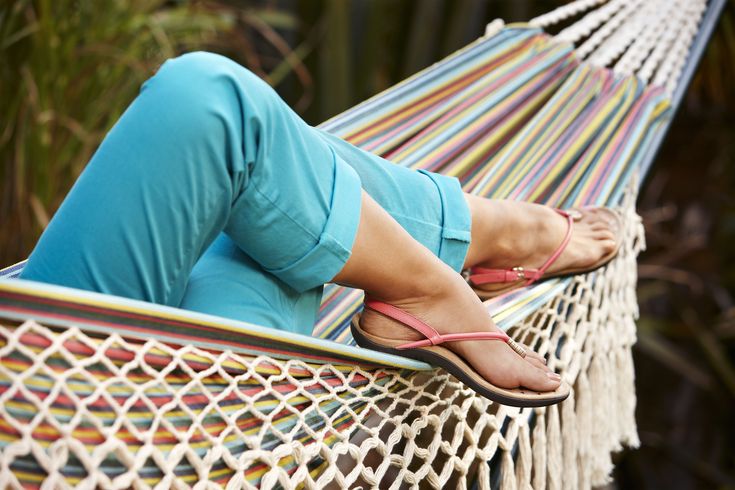
Key Shoe Features That Support Bunion-Prone Feet
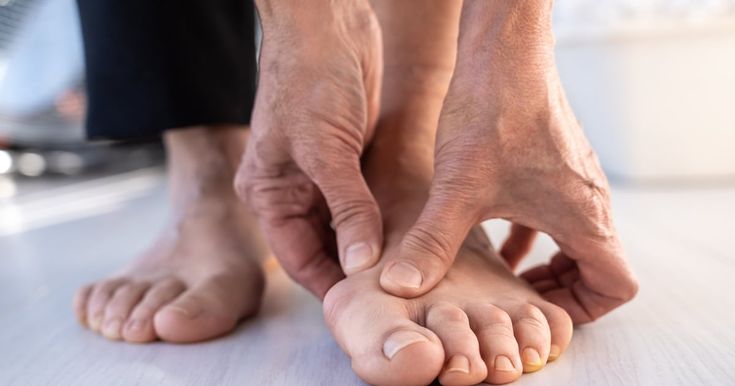
1. Wide Toe Box
A roomy toe box is critical for preventing crowding. It gives the toes space to lie flat and reduces pressure on the bunion, especially during walking or standing for long periods.
2. Low Heel Height
Excessive heel elevation shifts weight to the front of the foot, worsening bunion stress. Shoes with a low or no heel help distribute weight evenly and support natural foot posture.
3. Soft, Stretchable Uppers
Materials like mesh, neoprene, or soft leather reduce friction and adapt to foot shape, providing relief from irritation at the bunion site.
4. Arch Support and Cushioning
Proper arch support can improve alignment and reduce the strain on the big toe joint. Cushioning helps absorb shock and minimize joint impact throughout the day.
5. Adjustable Closures
Straps, laces, and velcro allow for better fit customization—essential for accommodating swelling or asymmetry in the feet.
How the Wrong Shoes Can Worsen Bunion Symptoms

Footwear that squeezes, lifts, or destabilizes your feet can intensify inflammation and speed up the joint’s deterioration. It’s not uncommon for people with poorly fitted shoes to experience flare-ups during the day and lingering bunion pain at night, especially if there’s no time for the foot to recover.
Even stylish shoes marketed as “comfortable” may not offer true bunion support unless they specifically address the needs of joint spacing and foot mechanics.
Designing with Prevention (and Fashion) in Mind


Fortunately, the footwear industry is evolving. Brands are beginning to merge orthopedic functionality with modern aesthetics, creating shoes that feel good and look great. From orthopedic sandals with sleek profiles to fashion sneakers that prioritize forefoot space, bunion-friendly footwear is no longer confined to the “comfort aisle.”
Shoe designers who consult with podiatrists or incorporate foot-mapping technology are making strides in creating options that accommodate structural needs without sacrificing style.
Final Thoughts
When it comes to managing bunions, your shoes are either working for you—or against you. Investing in supportive, well-designed footwear is one of the most impactful steps you can take toward lasting relief. Whether you’re recovering from surgery, managing early-stage bunions, or trying to avoid further complications, what you wear on your feet every day plays a crucial role in your overall foot health.
Choose comfort wisely. Your toes will thank you.
- 3shares
- Facebook0
- Pinterest0
- Twitter3
- Reddit0











